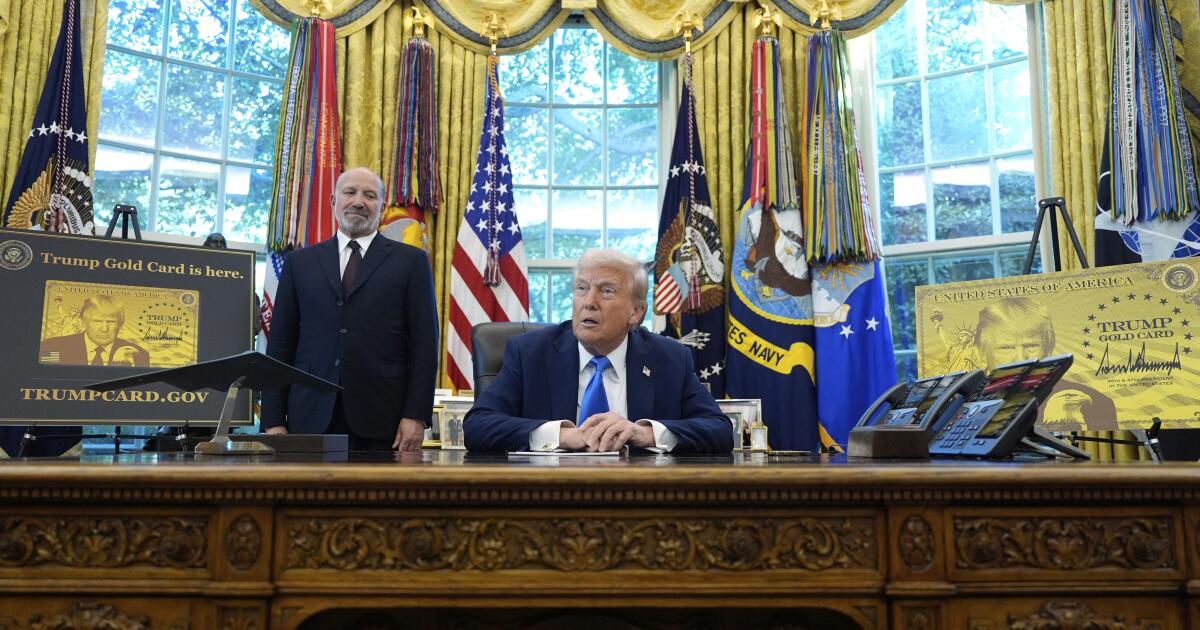Amazon has been accused of listing products from independent retailers without their consent, even as the ecommerce giant sues start-up Perplexity over its AI software shopping without permission.
The $2.5tn online retailer has listed some independent shops’ full inventory on its platform without seeking permission, four business owners told the Financial Times, enabling customers to shop through Amazon rather than buy directly.
Two independent retailers told the FT that they had also received orders for products that were either out of stock or were mispriced and mislabelled by Amazon leading to customer complaints.
“Nobody opted into this,” said Angie Chua, owner of Bobo Design Studio, a stationery store based in Los Angeles.
Tech companies are experimenting with artificial intelligence “agents” that can perform tasks like shopping autonomously based on user instructions.
Amazon has blocked agents from Anthropic, Google, OpenAI and a host of other AI start-ups from its website.
It filed a lawsuit in November against Perplexity, whose Comet browser was making purchases on Amazon on behalf of users, alleging that the company’s actions risked undermining user privacy and violated its terms of service.
In its complaint, Amazon said Perplexity had taken steps “without prior notice to Amazon and without authorisation” and that it degraded a customer shopping experience it had invested in over several decades.
Perplexity in a statement at the time said that the lawsuit was a “bully tactic” aimed at scaring “disruptive companies like Perplexity” from improving customers’ experience.
The recent complaints against Amazon relate to its “Buy for Me” function, launched last April, which lets some customers purchase items that are not listed with Amazon but on other retailers’ sites.
Retailers said Amazon did not seek their permission before sending them orders that were placed on the ecommerce site. They do not receive the user’s email address or other information that might be helpful for generating future sales, several sellers told the FT.
“We consciously avoid Amazon because our business is rooted in community and building a relationship with customers,” Chua said. “I don’t know who these customers are.”
Several of the independent retailers said Amazon’s move had led to poor experiences for customers, or hurt their business.
Sarah Hitchcock Burzio, the owner of Hitchcock Paper Co. in Virginia, said that Amazon had mislabelled items leading to a surge in orders as customers believed they were receiving more expensive versions of a product at a much lower price.
“There were no guardrails set up so when there were issues there was nobody I could go to,” she said.
Product returns and complaints for the “Buy for Me” function are handled by sellers rather than Amazon, even when errors are produced by the Seattle-based group.
Amazon enables sellers to opt out of the service by contacting the company on a specific email address.
Amazon said: “Shop Direct and Buy for Me are programmes we’re testing that help customers discover brands and products not currently sold in Amazon’s store, while helping businesses reach new customers and drive incremental sales.
“We have received positive feedback on these programmes. Businesses can opt out at any time.”








































